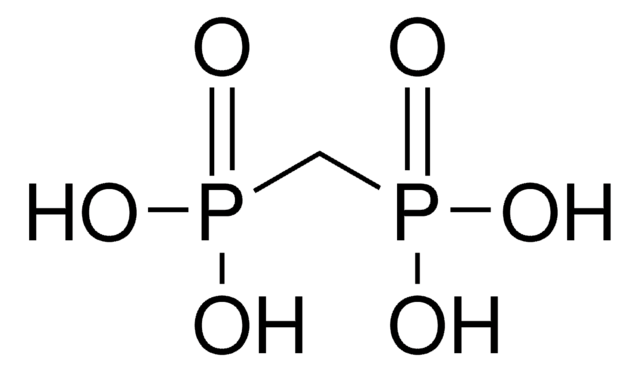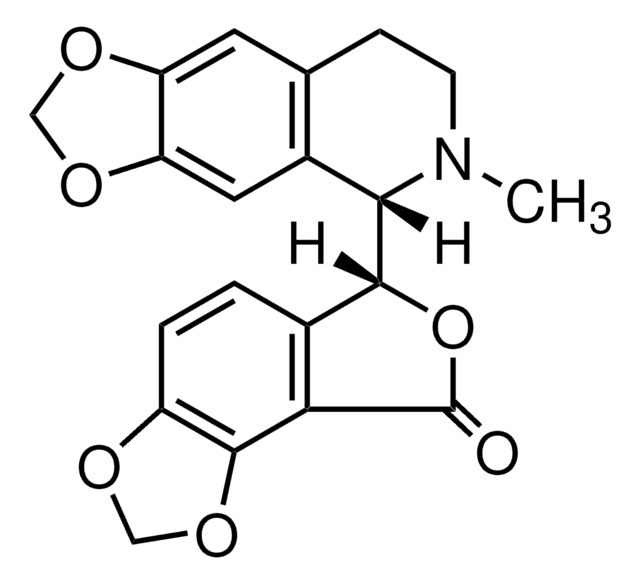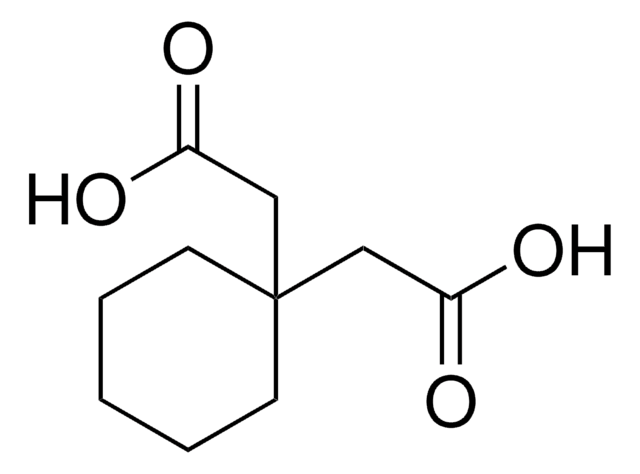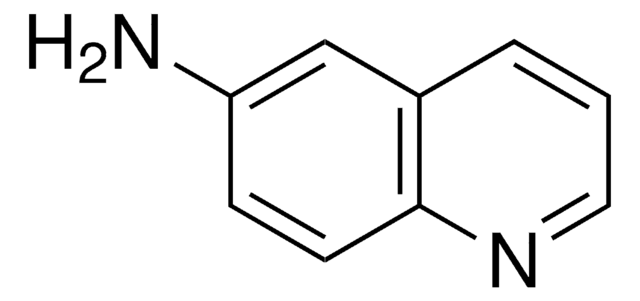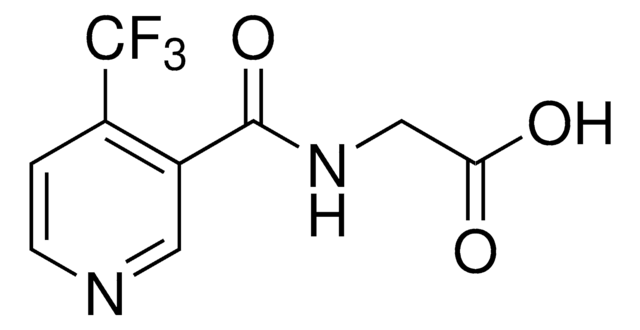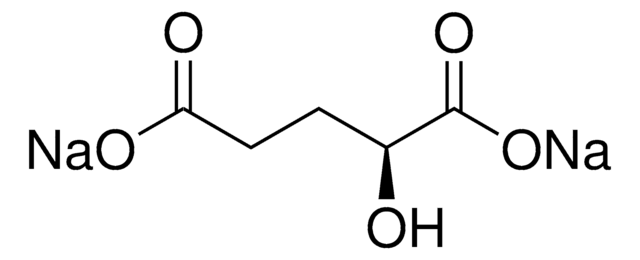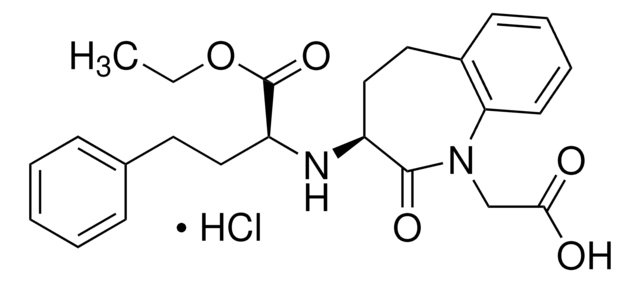38377
Abberior® STAR 580, NHS ester
for STED application
About This Item
Recommended Products
Quality Level
Assay
≥70.0% (degree of coupling)
solubility
DMF: 1 mg/mL, clear
fluorescence
λex 583 nm; λem 605.0 nm±10 nm in PBS, pH 7
storage temp.
−20°C
General description
Abberior STAR 580 is the dye of choice for orange fluorescence. Moreover, the dye is particularly designed and tested for 2-color STED microscopy in combination with Abberior STAR 635 using 2 separate STED wavelength. This offers the great advantage of using 2 regular (not featuring a long Stokes-shift) dyes, which are in general more photostable. Please see our 2-color dye section
Key features
- Exceptionally bright orange fluorescent dye
- Ideal for STED microscopy at 700-775 nm
- 2-color labeling partner with STAR 635P for 2-color STED microscopy
Absorption Maximum, λmax:: 587 nm (PBS, pH 7.4; water)
584 nm (MeOH, aq. ACN)
Extinction Coefficient, ε(λmax):85,000 M-1cm-1 (PBS, pH 7.4)
Correction Factor, CF260 = ε260/εmax: 0.17 (PBS, pH 7.4; water)
Correction Factor, CF280 = ε280/εmax: 0.15 (MeOH, aq. ACN)
Fluorescence Maximum, λfl:607 nm (PBS, pH 7.4)
604 nm (MeOH, aq. ACN)
Recommended STED Wavelength, λSTED:700 - 780 nm
Fluorescence Quantum Yield, η:0.90 (PBS, pH 7.4)
Fluorescence Lifetime, τ: 3.5 ns (PBS, pH 7.4)
Application
Suitability
Other Notes
Legal Information
related product
Storage Class Code
11 - Combustible Solids
WGK
WGK 3
Flash Point(F)
Not applicable
Flash Point(C)
Not applicable
Regulatory Listings
Regulatory Listings are mainly provided for chemical products. Only limited information can be provided here for non-chemical products. No entry means none of the components are listed. It is the user’s obligation to ensure the safe and legal use of the product.
JAN Code
38377-1MG:
38377-1MG-BULK:
Choose from one of the most recent versions:
Already Own This Product?
Find documentation for the products that you have recently purchased in the Document Library.
Our team of scientists has experience in all areas of research including Life Science, Material Science, Chemical Synthesis, Chromatography, Analytical and many others.
Contact Technical Service